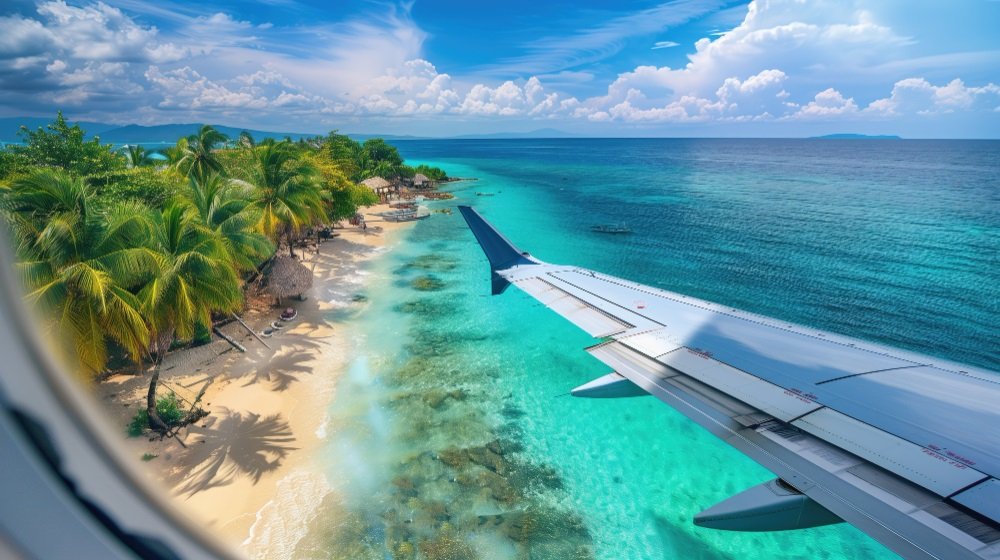Planning a trip to the breathtaking landscapes of Chilean Patagonia? Choosing the right time to visit is crucial for maximizing your experience.
Get ultimate traveler plannerUnderstanding the Seasons in Chilean Patagonia
Chilean Patagonia boasts a unique climate influenced by its proximity to the Pacific Ocean and the Andes Mountains. The region experiences distinct seasons, each offering a different perspective on its stunning natural beauty.
Summer (December – February)
Summer is the peak season in Patagonia, characterized by mild temperatures and long daylight hours. This time is ideal for hiking, trekking, and exploring the region’s numerous national parks.
Autumn (March – May)
Autumn brings vibrant foliage and fewer crowds. While temperatures start to cool, it’s still a pleasant time for outdoor activities. Wildlife viewing opportunities also increase as animals prepare for winter.
Winter (June – August)
Winter transforms Patagonia into a winter wonderland. Snow-capped peaks, frozen lakes, and opportunities for skiing and snowboarding abound.
Spring (September – November)
Spring is a time of renewal, with wildflowers blooming and landscapes coming back to life. It’s a great time for birdwatching and enjoying the region’s natural beauty without the summer crowds.
Best Time to Visit Chile Patagonia
Chile’s Patagonia region, a land of towering mountains, pristine glaciers, and abundant wildlife, offers a unique and unforgettable travel experience. However, the best time to visit depends on your interests and desired activities. (See Also: The Best Time To Visit Dubai)
Peak Season (December to February)
This period coincides with the Chilean summer and offers the warmest weather, making it ideal for hiking, camping, and exploring the region’s national parks.
- Pros: Longer daylight hours, pleasant temperatures, and opportunities for water activities like kayaking and fishing.
- Cons: Higher prices, larger crowds, and limited availability of accommodation.
Shoulder Season (September to November and March to May)
The shoulder seasons provide a balance between pleasant weather and fewer crowds.
- Pros: More affordable prices, fewer tourists, and opportunities for wildlife viewing, as animals are more active.
- Cons: Temperatures can be cooler, and some hiking trails may be closed due to snow.
Off-Season (June to August)
Winter in Patagonia brings snow and cold temperatures, but it’s a magical time for those seeking a unique experience.
- Pros: Lowest prices, incredible winter landscapes, and opportunities for skiing, snowboarding, and ice trekking.
- Cons: Limited daylight hours, some facilities may be closed, and weather conditions can be unpredictable.
Things to Consider When Choosing Your Travel Dates
Here are some factors to consider when deciding the best time to visit Chile Patagonia:
Weather Patterns
Patagonia’s weather is highly variable, influenced by its location and altitude. Summers are generally mild to warm, while winters can be harsh with snow and freezing temperatures.
Wildlife Viewing
Different seasons offer different wildlife viewing opportunities. For example, whales migrate to the region during the summer months, while penguins breed during the spring and summer.
Activities and Interests
Consider the activities you want to do. Hiking and camping are best enjoyed during the warmer months, while skiing and snowboarding are ideal for winter. (See Also: Best Time To Visit San Antonio Riverwalk)
Budget
Prices for accommodation and tours tend to be highest during peak season. Shoulder seasons offer a good balance of price and value, while off-season offers the lowest prices.
In conclusion, planning a trip to Chile Patagonia requires careful consideration of your desired experiences and weather preferences.
The shoulder seasons, spring (September-November) and autumn (March-May), offer a balance of pleasant weather, fewer crowds, and opportunities to witness the vibrant colors of the changing seasons. Summer (December-February) is ideal for hiking and outdoor activities but comes with higher prices and more tourists. Winter (June-August) provides a unique experience with snowy landscapes and the chance to see glaciers up close, but some activities may be limited due to weather conditions.
Ultimately, the best time to visit Chile Patagonia depends on your individual priorities and what you hope to experience. Whether you seek stunning landscapes, wildlife encounters, or adventure activities, this breathtaking region offers something unforgettable year-round.
Frequently Asked Questions: Best Time to Visit Chile Patagonia
What is the best time to visit Patagonia for hiking?
The best time for hiking in Patagonia is during the shoulder seasons: spring (September-November) and autumn (March-May). The weather is generally milder, with fewer crowds and stunning displays of wildflowers in spring and vibrant foliage in autumn.
When is the best time to see whales in Patagonia?
Whale watching season in Patagonia runs from December to March, when humpback whales migrate to the region to breed and give birth. (See Also: Best Time To Visit San Fran)
Is Patagonia better to visit in summer or winter?
It depends on your preferences! Summer (December-February) offers warmer temperatures and longer days, ideal for hiking, kayaking, and other outdoor activities. Winter (June-August) brings snow-capped mountains, opportunities for skiing and snowboarding, and a chance to witness the Southern Lights.
What is the weather like in Patagonia during the off-season?
Patagonia’s off-season (June-August and September-November) can be unpredictable with cooler temperatures, rain, and strong winds. However, this also means fewer crowds and lower prices.
What should I pack for a trip to Patagonia?
Pack for all types of weather, including layers of warm clothing, waterproof outerwear, sturdy hiking boots, sunscreen, sunglasses, and a hat. Remember, Patagonia’s weather can change quickly!


